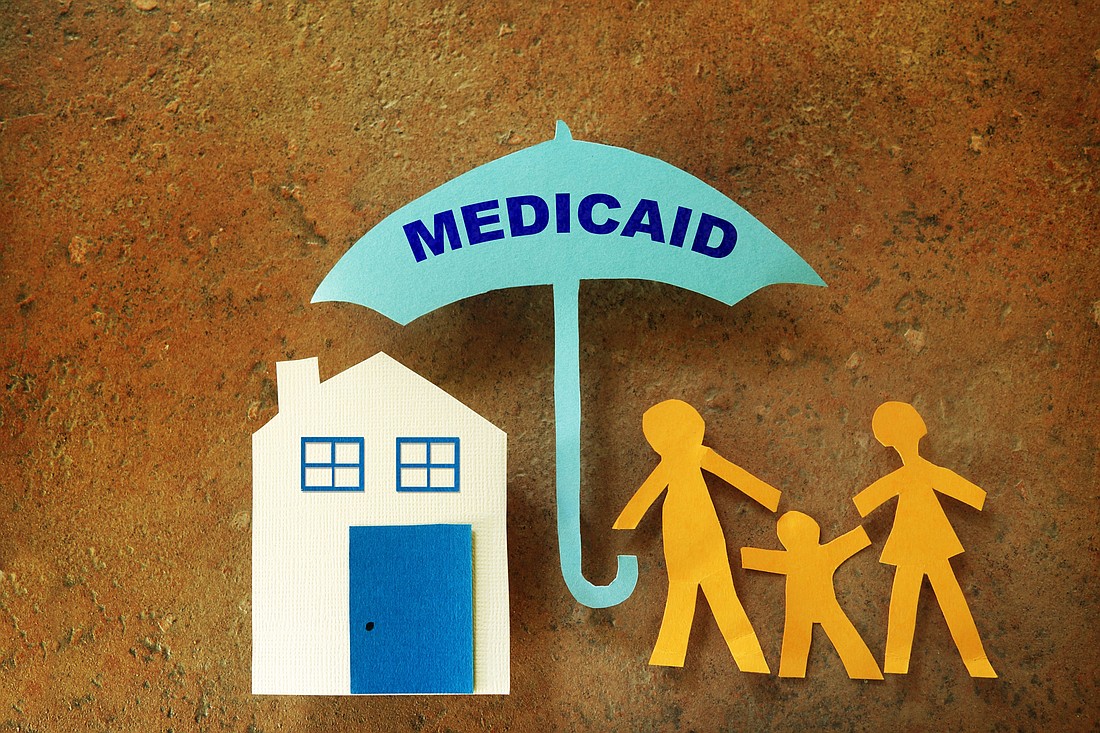- January 18, 2025
-
-
Loading

Loading

by: Christine Sexton
News Service of Florida
Despite efforts to return to normalcy amid the COVID-19 pandemic, Florida continues to see increasing Medicaid enrollment, with an estimate now that as many as 4.6 million people will rely on the health-care program in the upcoming fiscal year, according to the state’s Medicaid office.
A revised projection of enrollment for the 2021-2022 state fiscal year, which will start July 1, includes about 220,000 more people than economists previously projected.
“We are seeing increases still. Pretty big increases,” Tom Wallace, the state Agency for Health Care Administration’s assistant deputy secretary for Medicaid finance analytics, told members of a panel known as the Social Services Estimating Conference on Nov. 19.
While enrollment in Medicaid programs is increasing nationwide because of the pandemic, Wallace said Florida is experiencing some of the biggest increases. Florida, which did not expand Medicaid eligibility under the federal Affordable Care Act, has seen a 16% increase in enrollment since March.
The surge in enrollment adds to the sour financial situation that will greet lawmakers when they begin the 2021 legislative session in March, especially as federal funding that has helped keep the state budget intact will lapse soon unless Congress agrees to a new coronavirus relief package.
Not only is Medicaid enrollment projected to surge in the 2021-2022 fiscal year, it is expected to reach about 4.4 million people during the current fiscal year. That is about 80,000 more people than was forecast during the summer and more than 804,000 above what lawmakers anticipated when they crafted the state budget early this year.
The Agency for Health Care Administration did not make Wallace’s enrollment projections available to The News Service of Florida. But Wallace told members of the estimating conference that the state’s Medically Needy program has seen “drastic” increases,
Medically Needy is a program for people who suffer acute illnesses or accidents but normally don’t qualify for Medicaid because of their income or assets. They qualify for the program if their monthly health-care bills exceed a certain amount.
Wallace said enrollment in the Medically Needy program normally hovers around 30,000 people annually.
“Now, each month it’s drastically increasing, in some months (by) over 10,000 (people),” he said.
The Social Services Estimating Conference meets quarterly to forecast the numbers of people in Medicaid, a program funded jointly by the state and federal governments that pays the health care costs for poor, elderly and disabled residents.
Thursday’s meeting focused only on Medicaid enrollment estimates. Economists and analysts will meet in December to discuss how the increased enrollment will drive overall costs.
Meanwhile, a move by President Donald Trump’s administration to extend a COVID-19 public health emergency through October means that Florida will continue to receive additional help from the federal government to pay the costs of the program.
Prior to the extension, enhanced funding was set to expire at the end of December. Now, Florida and other states will continue to receive the enhanced funding through March 31.
But the three-month financial boost also means that the state cannot alter the program to make enrollment more restrictive than what was in effect in January, which was in the quarter when the enhanced funding made available by Congress took effect.
Additionally, so long as the public health emergency continues, the state is largely precluded from disenrolling anyone who was enrolled in Medicaid on March 18 or enrolled due to the pandemic, with some limited exceptions. For instance, states can disenroll people who have been incarcerated or people who were presumed to be eligible for Medicaid but were ultimately determined ineligible.
Wallace said, though, the state is expecting the federal Centers for Medicare & Medicaid Services to issue what he called “unwinding guidance” within the next three to four weeks. Wallace said the guidelines should spell out the details of when states can begin disenrolling people and when they must complete the process.